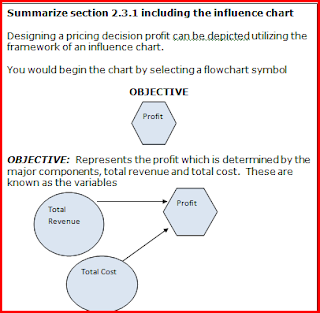Problem solving is a valuable tool in process improvement. It is unavoidable to apply problem solving in our day-to-day life. Problem solving can be applied to just about every setting both personal and professional.
PROBLEM SOLVING KEYS TO SUCCESS
Problem solving can be associated with a systematic processing order.
Problem solving must be realistic and have a sense of order.
Problem solving ultimately must meet a goal in reaching an action.
Problem solving can be reached by applying brainstorming techniques
A problem defined is based on a specific issue, which can be solved if the correct approach is taken
In order to address a problem you must place the situation in the form of a question.
It is important to determine the nature of the problem to make a fair assessment just prior to beginning the process.
A problem may begin as a mess but must become a solution as an end result.
SIX STAGES IN PROBLEM SOLVING
STAGE 1
EXPLORING THE MESS: Convergent stage, this takes some thought and the intellectual sense will kick in to clearing come about a good solid statement.
STAGE 2
SEARCHING INFORMATION: Raw data and information is gathered to substantiate the issue
STAGE 3
INDENTIFYING THE PROBLEM: Divergent stage, many problem statements can be developed but you must narrow down to a solid possible problem statement
STAGE 4
SEARCHING FOR A PROBLEM: Brainstorming stage, finding a quality source to the problem
STAGE 5
EVALUATING SOLUTIONS: Culmination stage, it is now a candidate solution that has various criteria is applied.
STAGE 6
IMPLEMENTING A SOLUTION: This is the implementation plan phase, which is an outcome of the solution
PROBLEM SOLVING LINKS:





